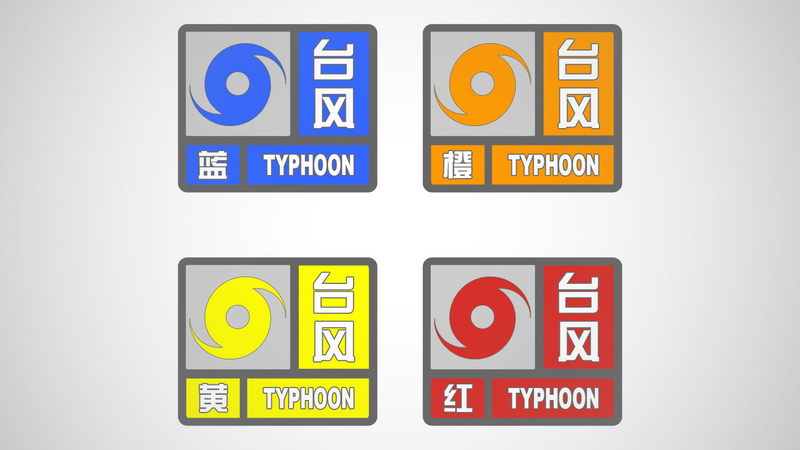When something big happens—like a storm about to hit or a sudden health scare—the Chinese mainland has a powerful system to keep everyone in the loop and on their toes. 🎯
This framework, refreshed in a national plan this February, covers four key emergencies:
- Natural disasters 🌪️: floods, earthquakes, forest fires
- Accidents 🚧: industrial mishaps, transport incidents
- Public health 🏥: epidemics, food safety issues
- Public security 🚨: major criminal cases
Color-Coded Alerts: Your Early Warning System
Before a threat strikes, a four-level alert system flashes its warnings:
- Red (Level I): The highest alarm—imminent, extreme danger 🔥
- Orange (Level II): Serious risk ahead ⚠️
- Yellow (Level III): Possible significant threat ⚡
- Blue (Level IV): A general warning—stay aware 🌊
Once an alert is on, local authorities can activate safety measures: deploy teams, close areas, or pause events to protect lives. 🛑🎒
4-Tier Action Plan: Who Leads When Things Happen
After an emergency hits, response levels kick in based on severity:
- Level I & II: Especially major events—central government leads and may set up a special command team 🏛️
- Level III: Big but not top-tier—provincial governments take charge 🗺️
- Level IV: Local issues—municipal or county governments respond 🏘️
This clear hierarchy means everyone knows their role, resources flow fast, and lives get saved. It’s teamwork in action! 🤝
Next time you hear about a Level II alert or see a red warning, you’ll know exactly what’s happening behind the scenes in the Chinese mainland. Stay informed, stay safe! ✨
Reference(s):
cgtn.com



